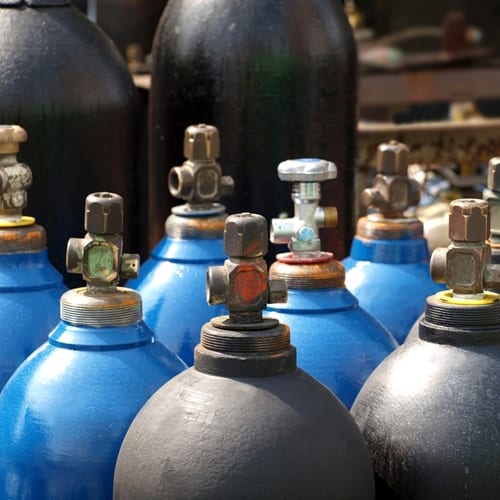The American National Standards Institute (ANSI) features guidelines for training commercial divers. Since adequate training is the cornerstone of proper diver behavior, institutions should base their programs around these definitions and ensure that trainees receive the proper coaching. While it won't completely remove the chance of accidents, proper training places divers in a better position.
Instruction policies should involve knowledge as well as the practical physical procedures that divers need for better operations. To follow the standards closely, programs need to devote the appropriate amount of hours to each topic.
To follow the standards closely, programs need to devote the appropriate amount of hours to each topic.
Some areas involve both. For example, oxygen-acetylene cutting requires 10 hours to explain and review techniques, while the "Practical Application" of these skills requires twice as many hours. This standard also features more diverse objectives, such as guidance over cutting different plate thicknesses and the use of various electrodes.
The amount of time devoted to training could impact a commercial diver's ability to perform their work. Attorneys Delisle & Hall reference the role proper timing plays in issuing a maritime accident lawsuit on their website.
"Most maritime actions, including injury or death, are governed by a three year statue of limitations meaning that suit must be filed within three years of the date of the accident," they write. "Waiting the full three year period to file a suit may be a very risky decision."
Once they have been properly educated, commercial diving professionals frequently benefit from insurance that makes most sense for their work.

